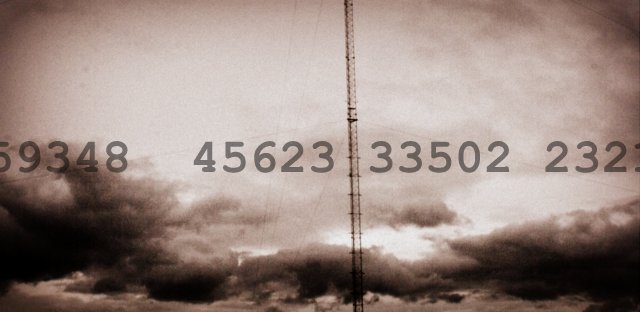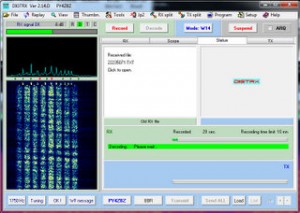Radio Waves: Stories Making Waves in the World of Radio
Welcome to the SWLing Post’s Radio Waves, a collection of links to interesting stories making waves in the world of radio. Enjoy!
RTL Ends Longwave Service (Radio World)
On 234 kHz, the new year rang in with static, not bells or fireworks. As had been announced in October, French broadcaster RTL switched off its longwave broadcasts on January 1, 2023.
Long-time RTL presenter Georges Lang marked the occasion with a bittersweet tweet: “Voilà, c’est fini… Goodbye good old Long Waves, you did a good job for a so long time. You belong now to the history of Radio-Luxembourg and RTL.”
Groupe M6, which owns the station, noted that maintaining longwave broadcasts from the Beidweiler, Luxembourg, transmission site consumed about 6,000 megawatt-hours of electricity each year, roughly equal to the average annual energy consumption of 3,000 French people. [Continue reading…]
US releases top Cuba spy Ana Belén Montes after 20 years in prison (The Guardian)
SWLing Post contributor, Ed, shares this story and notes:
Some SWLing Post readers might be interested to learn that one of the few spies ever caught in the U.S. using shortwave numbers station transmissions to receive instructions is Ana Belén Montes, who was just released from prison after serving 20 years of her 25-year sentence.
Former Defense Intelligence Agency analyst, 65, freed after being found guilty of espionage in 2002
One of the highest-ranking US officials ever proven to have spied for Cuba has been released from prison early after spending more than two decades behind bars.
Ana Belén Montes pleaded guilty in 2002 to conspiracy to commit espionage after she was accused of using her leading position as a Defense Intelligence Agency (DIA) official to leak information, including the identities of some US spies, to Havana. She was sentenced to 25 years in prison at the age of 45. Continue reading




